I’ve been using Pixel phones as my go-to smart devices for the past few years now (with the exception of a couple of Samsung handsets), and I’ve greatly enjoyed their clean approach to Android, as well as the impressive camera performance. I think that Google has done a terrific job molding Android into its desired form, and I can easily see myself staying with Pixel phones for the years to come.
Out of curiosity though, I wanted to try out the iPhone 14, and take another look at iOS and what it manages to do right. With that being said, it’s been an interesting ride so far, seeing how each device handles daily performance and general user experience.

The eternal battle between Android and iOS is one of those timeless rivalries we’ve seen in the consumer electronics industry, and it often begins with the question of “which one is better?” It’s one that has a different answer each time it’s asked, and one that takes into account the dozens of differences when it comes to benchmarks and performance scores, as well as the tiny nuances involved when evaluating the whole smartphone user experience.
For this one, I’ve jotted down some notes about the features which I think Apple does really well, especially compared to Google’s approach with its Pixel devices – let’s take a look.
Battery Life
First and foremost is battery life – perhaps one of the things that stood out the most to me about using an iPhone was the battery performance. It’s no secret that everything in an iPhone is more often than not extremely optimized to strike a perfect balance between software and hardware, leading to better power efficiency.

On my iPhone 14, I was able to go for a day (and sometimes more) on a single charge. I didn’t have any of the battery anxiety that I got with the Pixel 7, which lately has been a bit lacking in terms of endurance, at least based on my daily usage. While screen on-time isn’t a universally-perfect indicator of how good a phone’s battery is, I think it’s safe to say that I’ve gotten longer SoT with the iPhone 14 while using the same apps as I did on the Pixel 7 (with the exception of OS-exclusive features).
Of course, each platform handles battery usage differently, but in my experience iOS along with the A15 Bionic chip was mostly impressive. Additionally, I’ve had less heating with the iPhone 14 – in comparison, my Pixel 7 tends to get warm while using 5G data and internet browsing, something that has been bothering me as of late.
Camera Customizability
I stand by my word when I say that I enjoy the Pixel 7’s camera performance. It’s a rather terrific point-and-shoot camera, and still photography is of course one of its biggest strengths. On the other hand though, its user-friendliness might seem a bit “lacking” for users who prefer a more in-depth and hands-on approach to photography.
“the iPhone 14’s level of camera customization exceeds the usual expectations of adequacy, at least in terms of mobile camera apps.”
In other words, the iPhone 14’s level of camera customization exceeds the usual expectations of adequacy, at least in terms of mobile camera apps. Google strongly relies on computational photography to make every picture count, and while the same can be said of the iPhone, Apple does add some more tweaks for users to mess around with.
For example, the included photographic styles let you fine-tune the color and temperature of your pictures before you snap away, and each style can be even further customized to serve as a template for your next photo session. It’s tiny details like these which add a bit of spice to an otherwise “standard” looking camera app, but it’s clear that Apple has given a ton of priority to maintaining its standing in the mobile photography game.
Face ID

Another factor in this list comes in the form of Apple’s Face ID feature, which has been a very consistent experience for me. While the Pixel does come with face unlock, it’s not as fast and efficient as Apple’s approach, which works even in dimly-lit conditions.
Of course, Face ID still isn’t as fast as most fingerprint-based biometrics on the likes of the Samsung Galaxy S phones for example, but compared to the Pixel’s onboard biometrics hardware, it does stand out in terms of overall stability.
The “Ecosystem”
Last but definitely not the least on this list is perhaps one of the iPhone’s biggest strengths, which is its seamless compatibility with the rest of Apple’s ecosystem. While this isn’t going to make a lot of sense for users who exclusively use an iPhone without the rest of Apple’s hardware lineup, it goes without saying that the iPhone – as part of a larger device ecosystem – is a very competent piece of tech.
“It would be unfair to say that Android doesn’t have these features”
Factors like the ability to instantly transfer files via Airdrop, being able to use your phone and MacBook to simultaneously handle phone calls and text messages, and the overall syncing of data just creates a user experience that all feels so seamless. With that being said, I have used my iPhone and MacBook in a pretty “standard” manner, meaning no tweaking, no modifying system files of any sort, and the experience has just been flawless so far – probably the way Apple intended these devices to be used altogether.
It would be unfair to say that Android doesn’t have these features – it most certainly does, and manufacturers like Samsung and Google are putting a lot of resources into building ecosystems of their own, that increase both the value proposition and usability of their respective device brands over time. But regardless of this, it’s hard to deny that inter-device connectivity is something that the iPhone is able to pull off nicely in tandem with its Apple-branded brethren.
Weaknesses
Now, this wouldn’t be a fair write-up if I just kept praising the iPhone. At the end of the day, it’s still a smartphone, and no smartphone is perfect after all. For example, I have some issues regarding Siri, being that it’s not as “smart” as Google Assistant. A lot of the time, Siri would give me a list of internet links in response to a question that I asked, leaving me to sift through all the links to find the answer to my query. By comparison, Google Assistant actually speaks to me in a more direct manner, and gives me results that are closer to the answers I’ve been seeking.
There’s also the issue of voice-to-text capabilities – I find that the smart voice-to-speech function on Google’s default keyboard is way better than on the iPhone. It’s a lot more responsive, and even detects the small differences in words spoken with my accent, to a point where it still understands my words better than the iPhone ever did.
Additionally, file management is a lot more straightforward on the Pixel 7 as well. Take music files for example – I Airdropped more than 300 .MP3 files from my MacBook to the iPhone 14, only to find that I couldn’t access the files either through the Apple Music app, or even Apple’s very own file explorer app. Compare this to the Pixel, where I can easily locate and move around nearly every file in a manner very similar in execution to a desktop, without the need to plug into a computer and use exclusive software to sync the files.
Final Thoughts
![]()
After all this, I have to say that I’m still not ready to leave Android just yet – no, I’m not going to sell my Pixel, or keep it locked in a drawer for the rest of eternity. Credit should be given where and when it’s due though, and Apple’s efforts into developing its mobile OS has clearly yielded some terrific results, at least enough to impress this particular Android user.
On the other hand however, there’s still a lot of joy to be had with using the Pixel 7, especially given how much freedom users have with the system, at least in comparison to iOS. Again, I go back to winning factors like the way it handles computational photography and its clean version of Android, to name a couple.
While personal preference will still be the deciding factor for most users, I still think it’s safe to say that iOS isn’t as terrible as I thought it would be.
Note: this article may contain affiliate links that help support our authors and keep the Phandroid servers running.




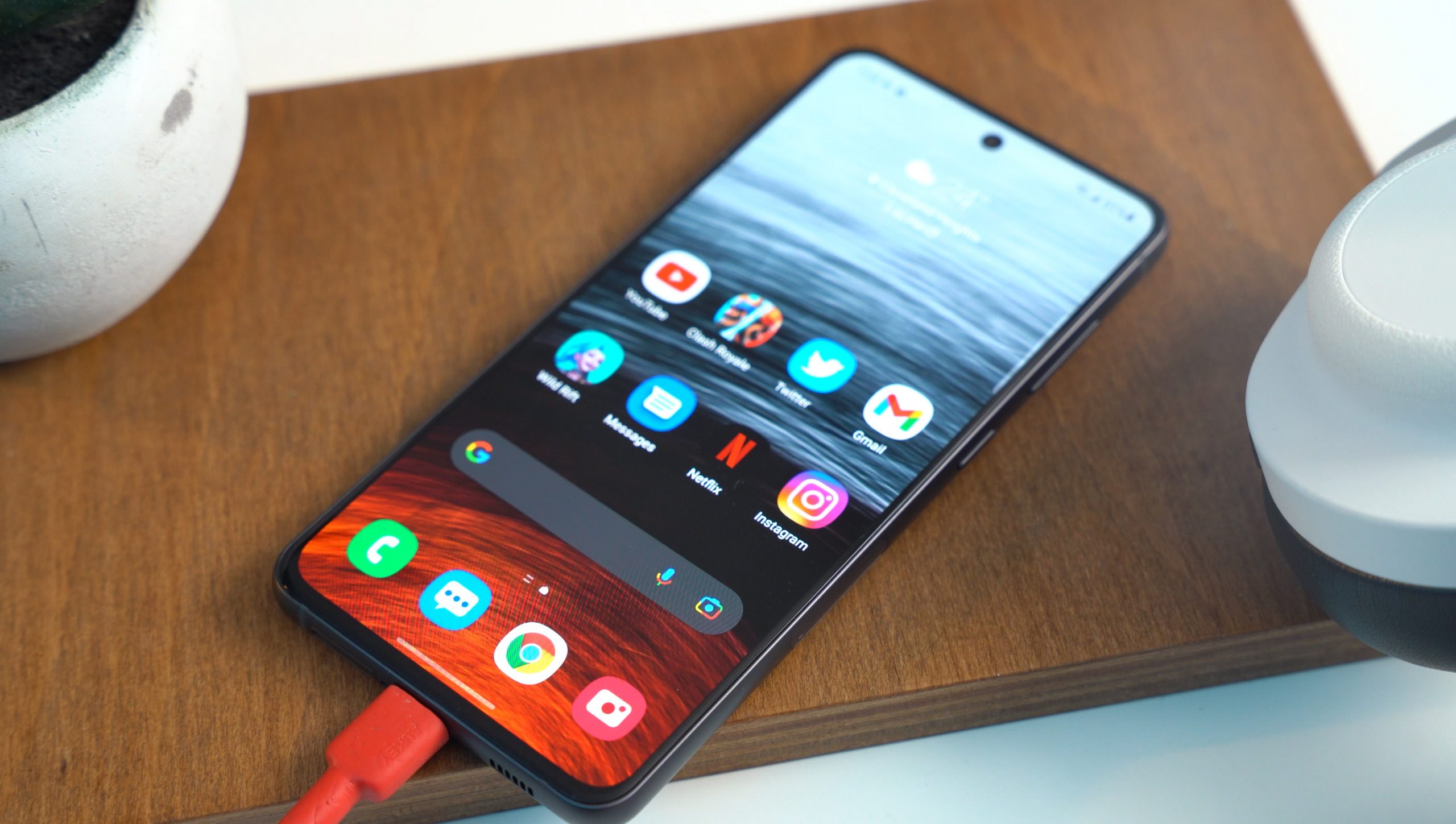
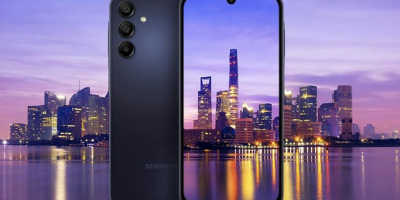
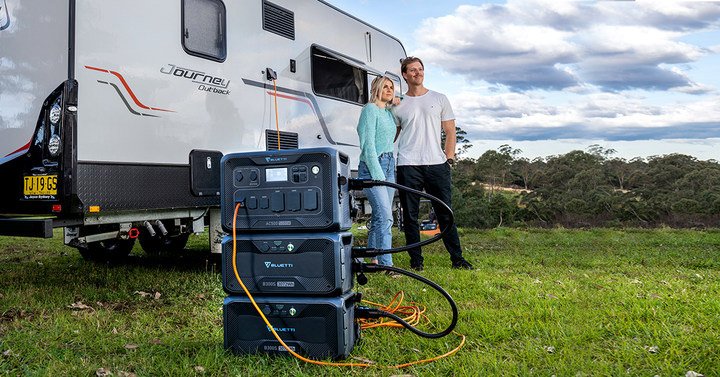

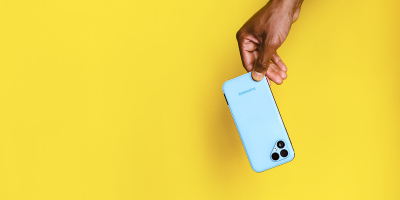

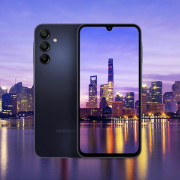

Comments